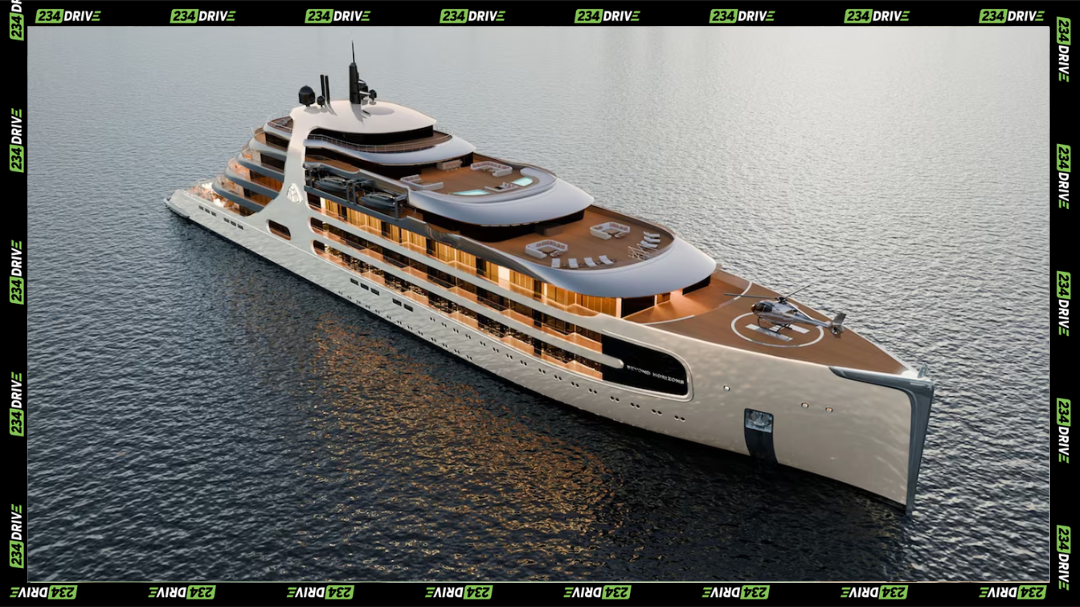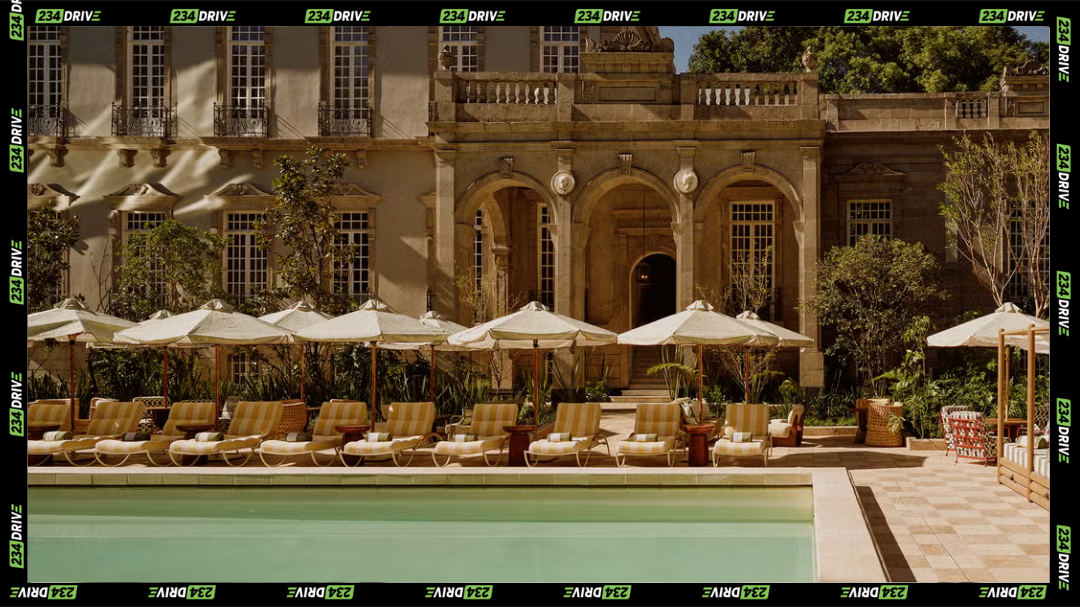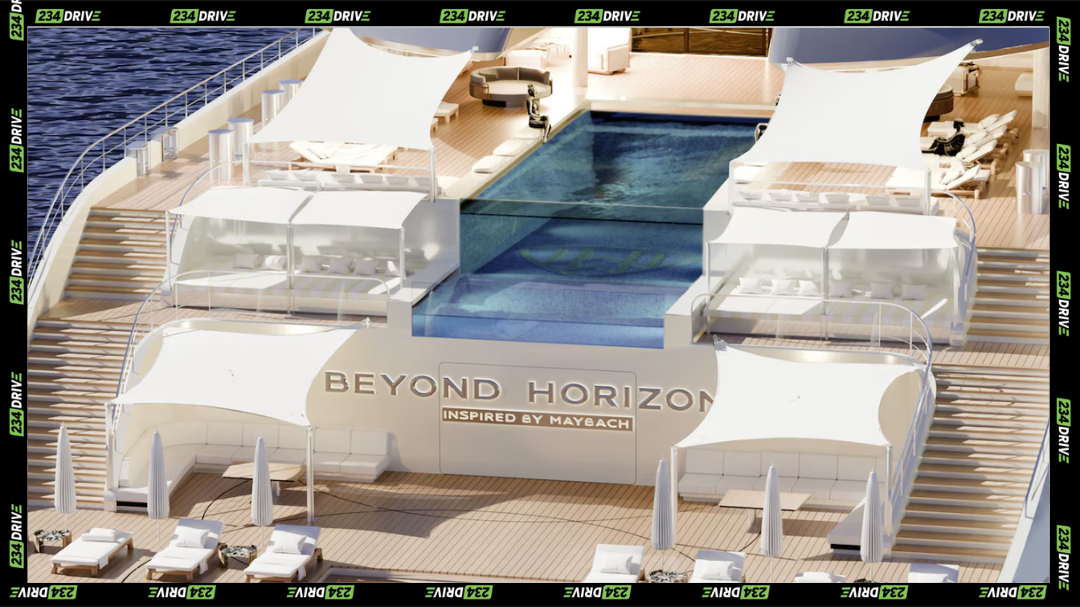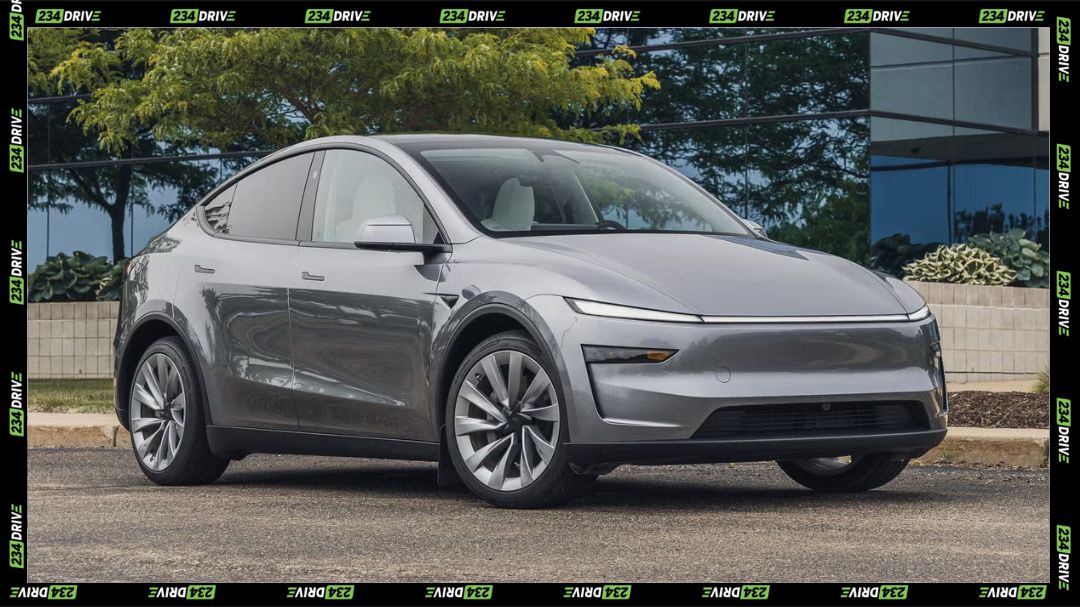Maybach is launching Maybach Ocean Club, a high-seas private members’ club aboard a 500-foot purpose-built gigayacht named Beyond Horizons. The vessel will feature 30 private balcony suites, world-class dining, top-tier wellness facilities, cascading decks with panoramic ocean views, and beach-club amenities such as a split-level infinity pool and teak terraces that descend directly into the water. Membership is limited to 300 co-owners, each entitled to four weeks aboard per year (with a cap of 72 guests on board at full occupancy) and shared access to common areas when the yacht is in port.
If you’re a luxury-club member, or considering becoming one, this floating retreat offers something rare. The concept adapts the private-club model, traditionally anchored in city-based venues, to a maritime destination. In essence, Maybach is transforming its land-based luxury into a mobile, ultra-premium experience at sea. Membership equity, usage rights, and high-end amenities sit at the core of the offer. The business model mirrors other successful lifestyle clubs, where recurring membership fees generate predictable revenue while the asset—in this case, a yacht—delivers a distinct physical experience. It’s a structure that luxury brands increasingly look to replicate.

A leading example is Soho House & Co Inc., founded in 1995. Soho House operates a global network of physical and digital spaces that connect creative and luxury-minded members worldwide.
Members typically choose between Local House and Every House types, gain access to multiple locations, and pay annual fees plus registration or legacy charges. The model produces stable, recurring membership income and consistent in-house spending on food, beverages, and accommodations—both valuable for cash flow. Still, Maybach would do well not to copy Soho’s approach wholesale, as the club has struggled to turn a profit, reporting substantial pre-tax losses despite membership growth; moreover, members have complained that the club is losing its exclusivity because of said growth.
The appetite for exclusive luxury-membership platforms continues to expand. By channelling this demand through its maritime concept, Maybach offers three draws at once: high-net-worth access, experiential travel, and asset-ownership-lite through shared usage. Investors and operators are drawn to the recurring-fee and high-barrier-to-entry model because it can scale without proportionally increasing asset ownership, allowing the yacht to serve as both a halo brand symbol and a revenue platform.

There are a few challenges. Capital and operating costs remain steep—covering crew, fuel, port fees, and maintenance—and limiting membership to preserve exclusivity also limits how much revenue can come in. Additionally, the four-weeks-per-year allocation also requires tight scheduling to maintain value and avoid a “glorified cruise ship” feel. To prevent this, Maybach has set a 72-guest cap. The target launch season is 2029, with members expected to pay an annual fee of roughly 5% of their initial investment to cover ongoing operations.

For those with the means and the interest, 2029 might sound far off—but entry to the Maybach Ocean Club will not come easily or quickly. The yacht’s maiden voyage may still be years away, but the real race, the one for access, has quietly begun.









